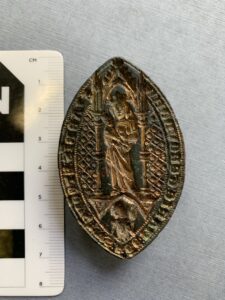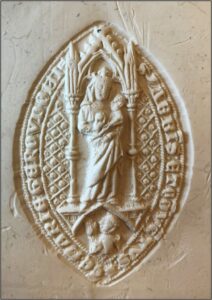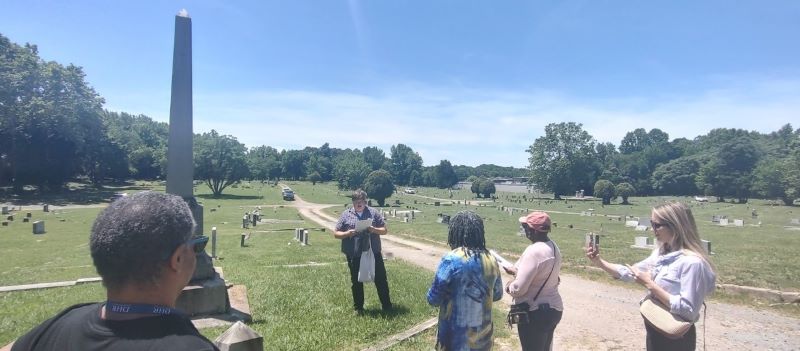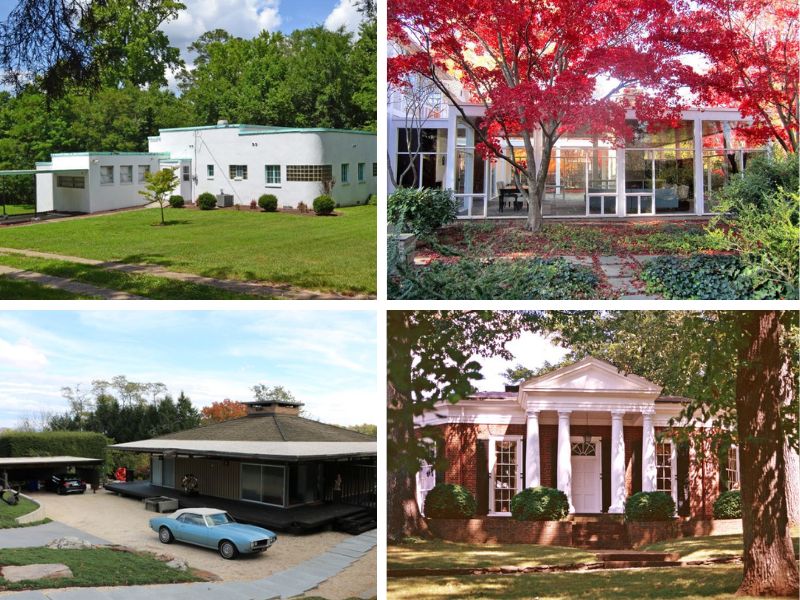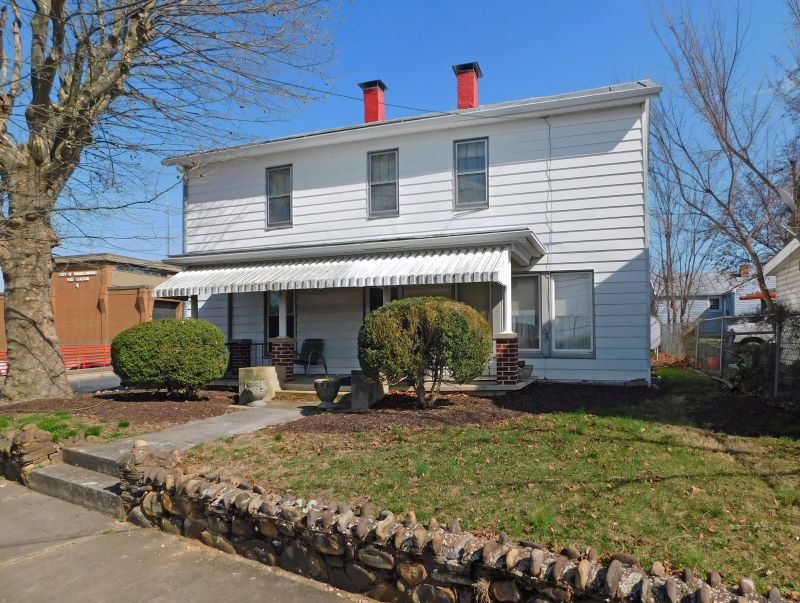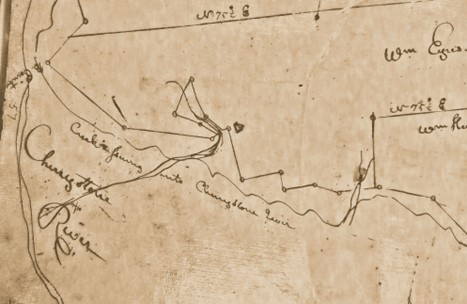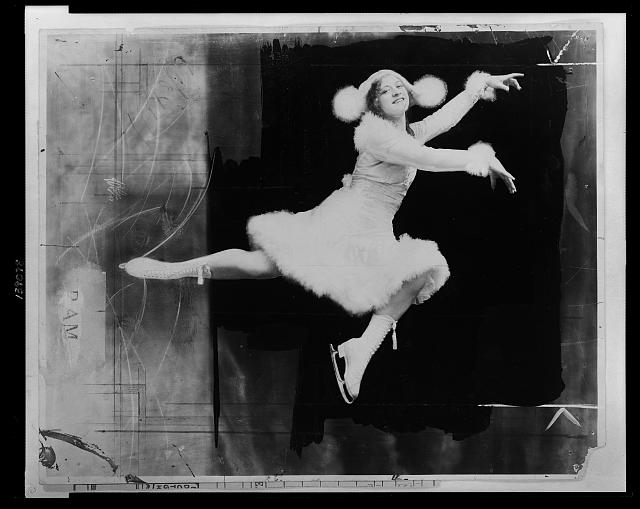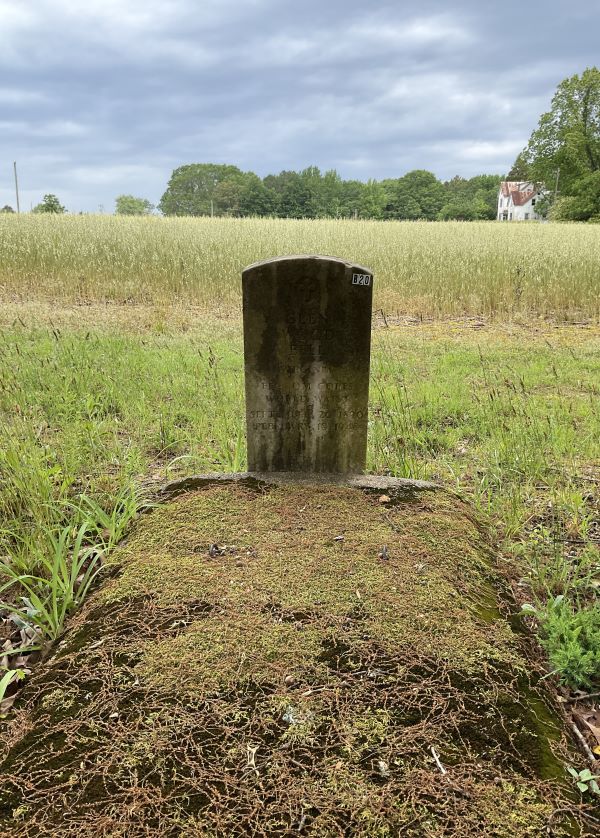Translating the Inscription on a Medieval Catholic Seal Matrix
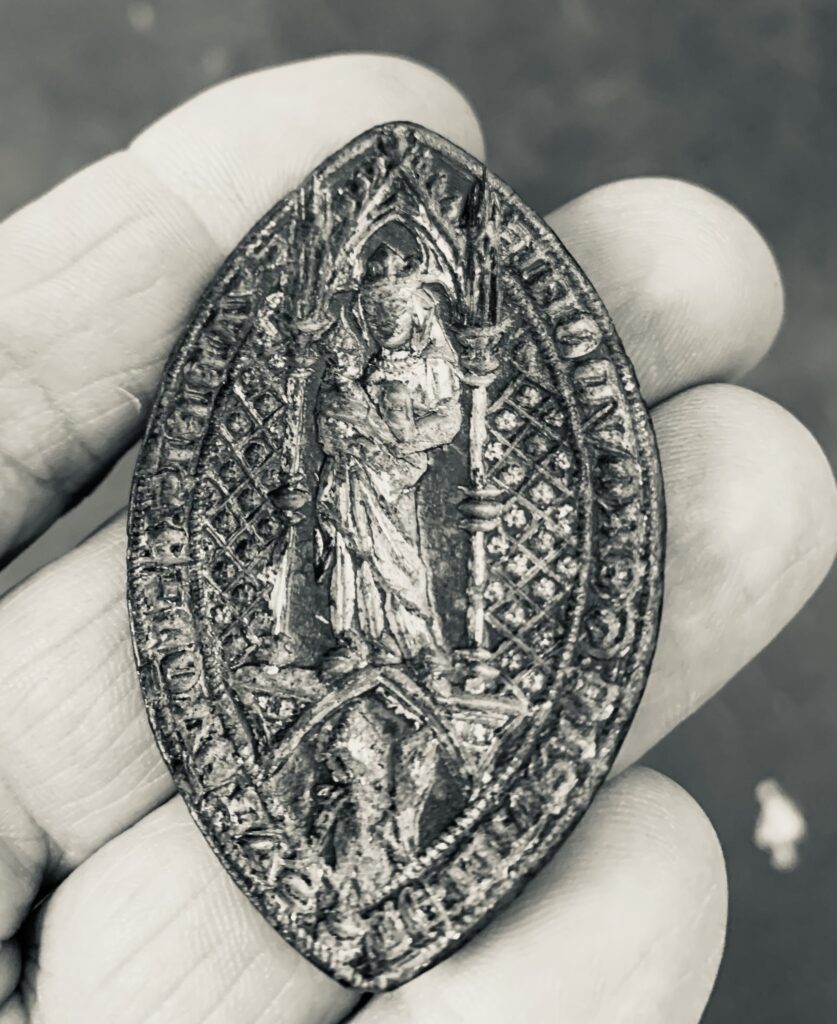
During an archaeological workshop over the summer in Isle of Wight County, the peculiar artifact from Europe caught the attention of DHR staff and sent them down a path to trace its origin.
By Mike Clem (DHR Eastern Regional Archaeologist) and Laura Galke (DHR Chief Curator)
At a recent archaeological artifact workshop hosted by our good friends at the Isle of Wight County Museum in Smithfield, Va., a most unusual 14th-century religious seal was brought to our attention. After sharing the information we had obtained from earlier research conducted by Judith Paulos of The Mount Vernon Ladies Association, we discussed the artifact with a friend and colleague, Dr. Bly Straube, who is the Senior Curator at the Jamestown-Yorktown Foundation and a superlative researcher. Bly shared the fact that the late Ivor Noel Hume, the former Director of Archaeology at Colonial Williamsburg, had seen the same seal matrix just prior to finishing his 1994 book The Virginia Adventure. In his book, Hume included a photo of the item and recognized its antiquity. He speculated that it may have been a sign indicating that the “lost colony” had made its way to the area after leaving Roanoke Island sometime prior to the 17th century. This certainly is a possibility. With an in-depth study of the inhabitants of the colony at Roanoke Island, perhaps a connection could be made to the item and the property from which it came.
Bly discovered that the seal matrix likely came from the Cistercian Garendon Abbey in Leicestershire, England. The Garendon Abbey was established under the protection of St. Mary the Virgin in 1133 by Robert, Earl of Leicester. The Cistercians held a great deal of land over several counties near the Abbey, and the monks, priests, and other residents living there appear to have been occupied heavily in sheep farming. By 1225, residents of the Abbey were exporting wool to Flanders. The Abbey seemed to have enjoyed its share of characters over the few centuries of its occupation by priests and monks. For instance, one abbot was a married man and another converted to the Jewish faith. At least one person was dismissed for drink, and another was murdered. In 1368 one monk was accused of harboring robbers and assisting them in their crimes. Through good and bad times, the abbey community survived these hardships as well as the plague years of the late 1340s to 1350s.
It was in 1536 that King Henry VIII officially dissolved all Catholic institutions in England, marking the end of the Garendon Abbey. At that time, the King granted the Abbey to Thomas Manners, the Earl of Rutland. It remained in the Earl of Rutland line until Lady Katherine Manners, daughter of the 6th Earl of Rutland, married the Duke of Buckingham in 1632. Her son in turn sold the property in 1683 to a London barrister named Ambrose Phillipps. This information could provide another avenue of research that might reveal a descendant of Phillipps who emigrated to the Isle of Wight County or to the Smithfield area sometime in the late 17th or 18th centuries.
Dr. Bly Straube’s research indicates that the seal of this abbey changed over time. One of the last seals in the 1300s is described in seal guides as:
A pointed oval 14th-century seal, about 2¼ by about 1½ in., shows the Virgin Mary standing beneath a columned canopy with the Child on her left arm. The sides of the field are diapered, and at the bottom under a pointed arch there is the half-length figure of an ecclesiastic praying. Most of the legend is gone but the following letters remain:
. . . VET ... E ... EROUDON
This description correlates well with the seal matrix that we encountered at the workshop this past August at the Isle of Wight County Museum. It seems to match well with what Bly transcribed from the impression created of the original seal that we observed. According to Bly, the text on the right side says, S' ABBIS ET CONVETUS, which translates to "Seal of the entire monastic community." If you look up abbas et conventus in the Catholic online dictionary you will see that it is a term still used today. Bly believes that the left side says, S'MARIE GEROVDOUIE", which means "Saint Mary Geroundon" or Garendon.
For further reading about the Garendon Abbey, check out the following resources below:

